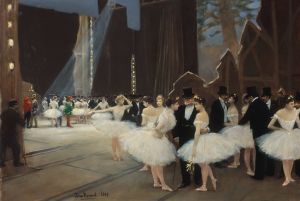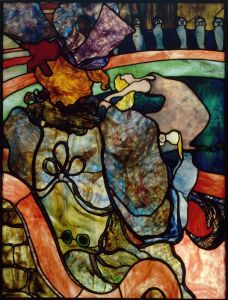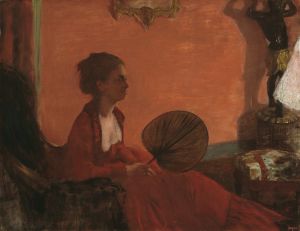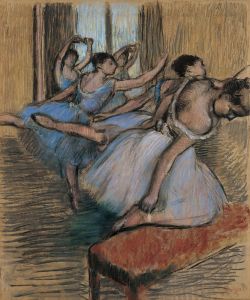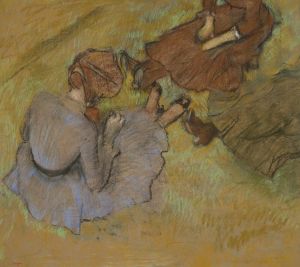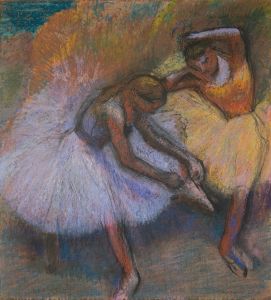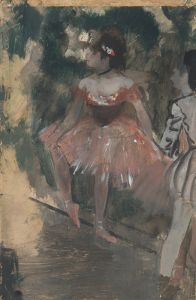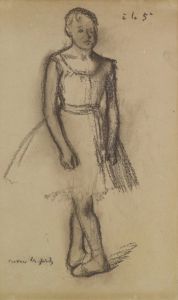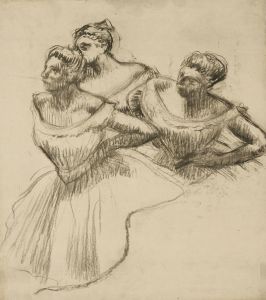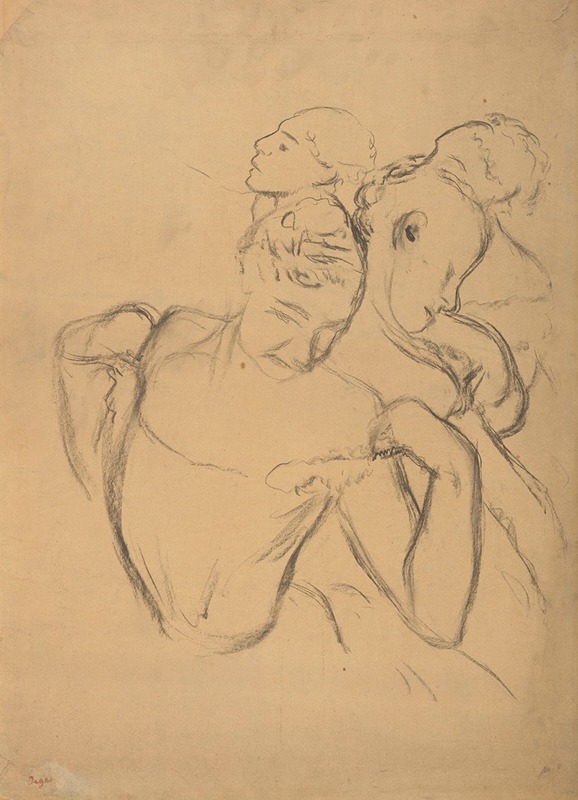
Groupe de danseuses
A hand-painted replica of Edgar Degas’s masterpiece Groupe de danseuses, meticulously crafted by professional artists to capture the true essence of the original. Each piece is created with museum-quality canvas and rare mineral pigments, carefully painted by experienced artists with delicate brushstrokes and rich, layered colors to perfectly recreate the texture of the original artwork. Unlike machine-printed reproductions, this hand-painted version brings the painting to life, infused with the artist’s emotions and skill in every stroke. Whether for personal collection or home decoration, it instantly elevates the artistic atmosphere of any space.
Edgar Degas, a prominent French artist associated with the Impressionist movement, is widely celebrated for his depictions of dancers, particularly ballet performers. One of his notable works, Groupe de danseuses (translated as "Group of Dancers"), exemplifies his fascination with capturing the grace, movement, and behind-the-scenes moments of ballet.
Degas created numerous works featuring dancers, employing a variety of mediums, including oil paint, pastels, and sculpture. Groupe de danseuses is a pastel drawing, a medium Degas frequently used to achieve vibrant colors and dynamic textures. Pastels allowed him to layer colors and create a sense of immediacy, which was particularly effective in portraying the fleeting movements of dancers. This work is believed to have been completed in the late 19th century, during a period when Degas was deeply immersed in exploring the theme of dance.
The composition of Groupe de danseuses typically features a group of ballerinas, either rehearsing or preparing for a performance. Degas often depicted dancers in informal poses, capturing them stretching, adjusting their costumes, or waiting in the wings. This approach offered a candid and intimate view of the ballet world, contrasting with the more polished and idealized representations of dancers seen on stage. His works often highlight the physical effort and discipline required of dancers, as well as the beauty of their art form.
Degas's interest in ballet stemmed from his frequent visits to the Paris Opéra, where he observed rehearsals and performances. The artist was particularly drawn to the interplay of light and movement, which he skillfully rendered in his works. In Groupe de danseuses, the use of pastel creates a soft, luminous effect, emphasizing the delicate textures of the dancers' tutus and the fluidity of their movements.
While Degas is often associated with the Impressionist movement, his style was distinct in its focus on line, form, and composition. Unlike many of his contemporaries, who preferred plein air painting, Degas worked primarily in his studio, relying on sketches and memory to create his pieces. This method allowed him to experiment with unconventional perspectives and cropping, as seen in Groupe de danseuses, where the figures may appear partially obscured or positioned at unusual angles. Such techniques reflect Degas's interest in photography and Japanese prints, both of which influenced his artistic approach.
Today, Groupe de danseuses is recognized as a testament to Degas's mastery of pastel and his deep engagement with the theme of dance. The work is housed in a private collection or museum, depending on the specific version, as Degas created multiple studies and variations of dancers throughout his career. His works continue to be celebrated for their innovative compositions and their ability to capture the ephemeral beauty of movement.





